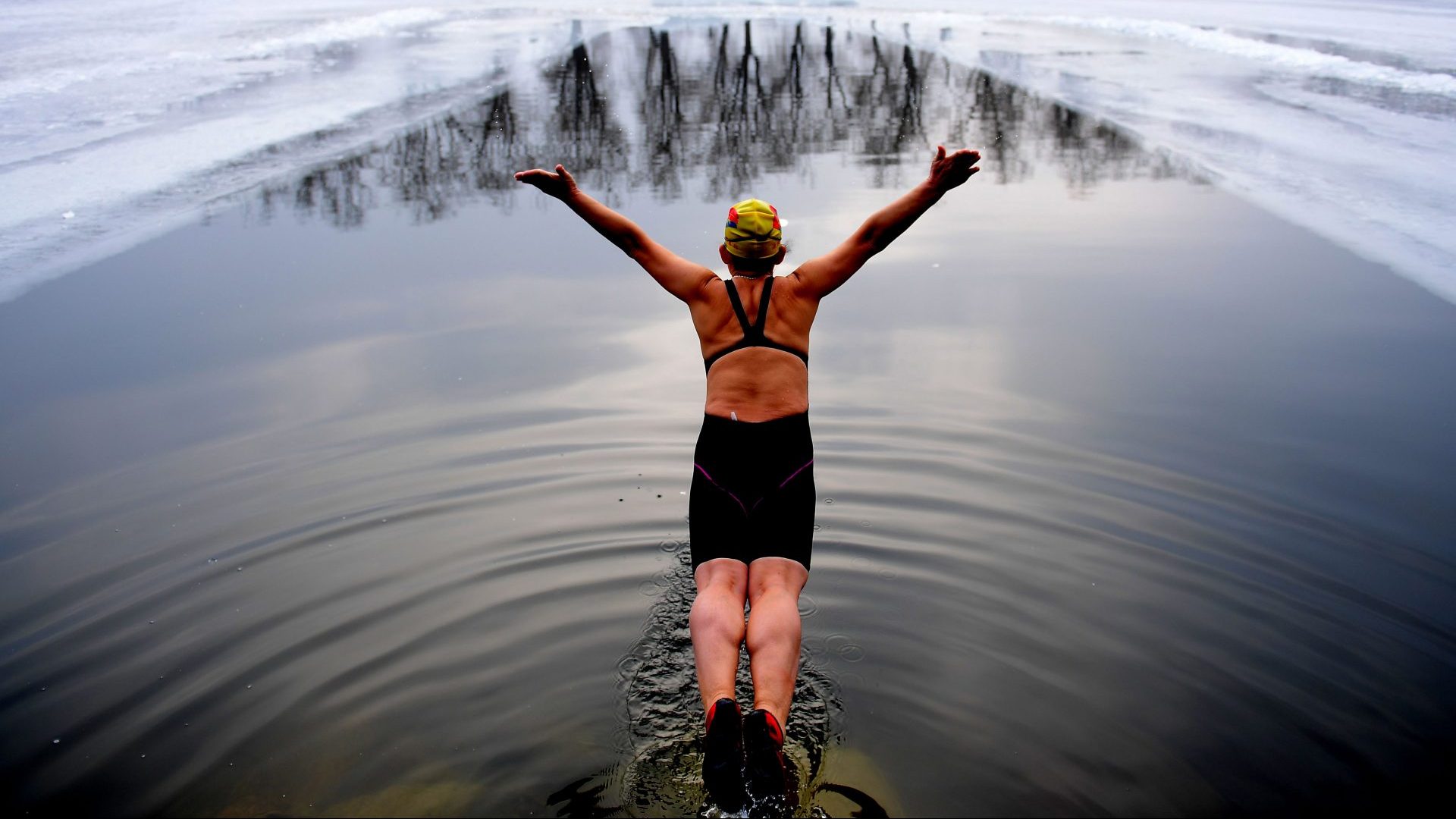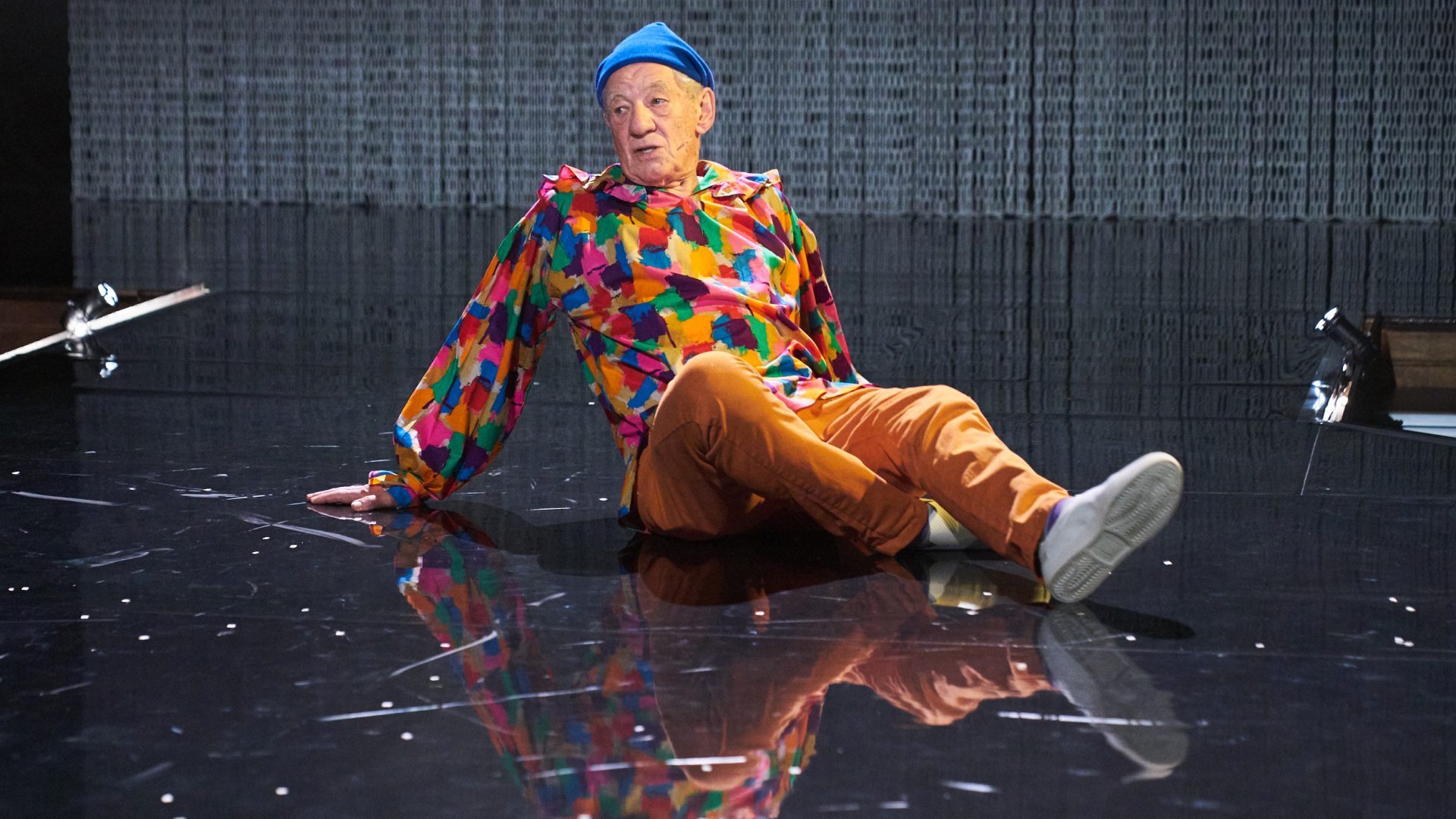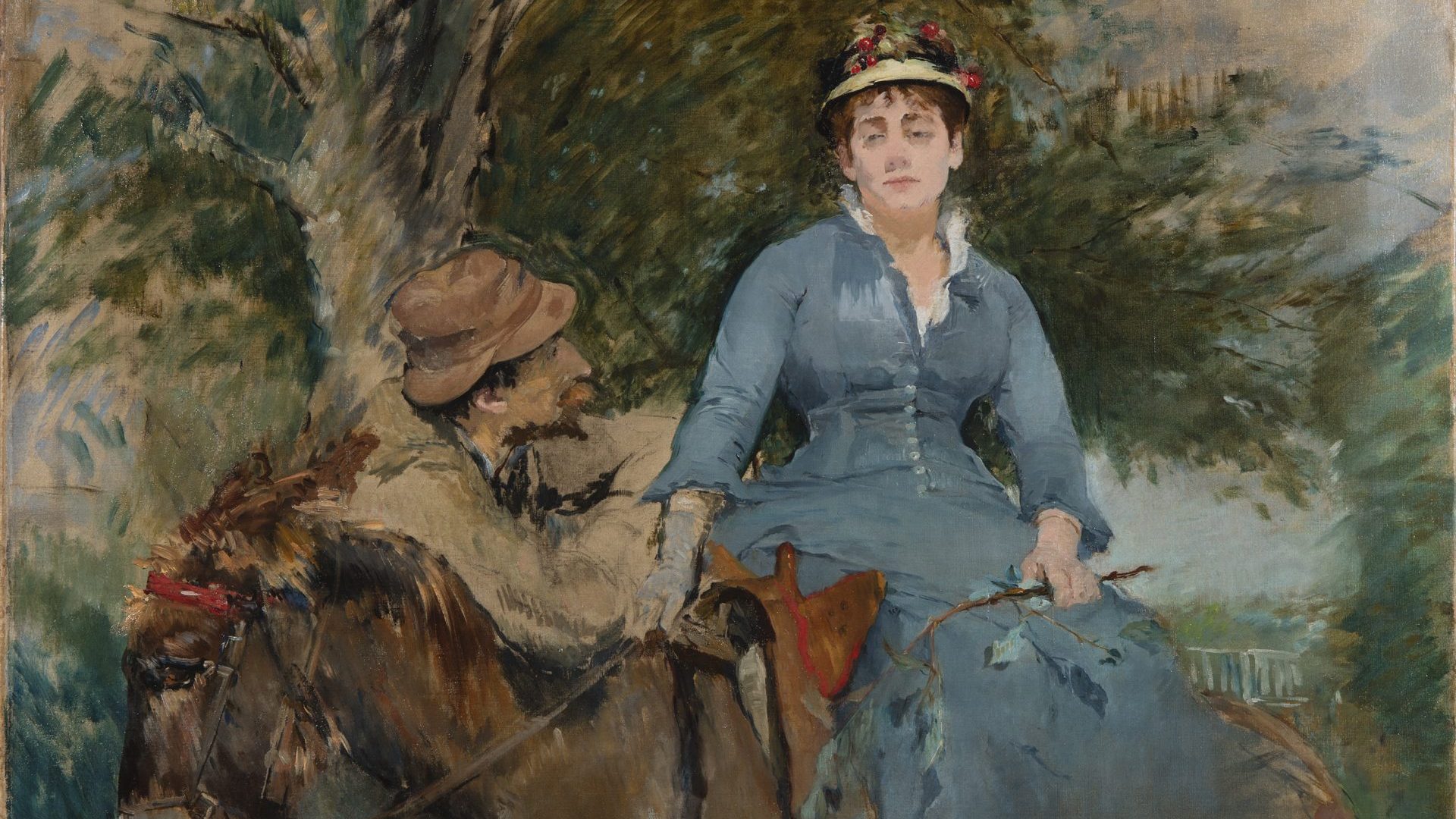A few years ago, my husband and I were walking along the coast of Denmark on an early winter’s morning. We noticed a small group of people in bathrobes walking towards the sea. The sun was shining from behind grey-white clouds, and the fog had settled like a wide, white blanket over the blue-black water. There was frost in the air, and it bit our cheeks. “Look, they’re going to swim,” I said.
The men and women went along the jetty and threw off their bathrobes. They were naked. At the end of the jetty they turned, and without hesitation walked step by step down the ladder. The water must have been freezing. “Plop” was the sound as the winter bathers slipped elegantly into the cold water.
“But wait a minute,” says the healthy sceptic, “why would you swim in the winter? It’s so unbelievably cold!” The answers to this question lie in the physical, psychological, social and nature aspects of winter swimming.
A winter swimmer in one of my studies came to the laboratory for a first test after three months of winter swimming. We asked him if he liked winter swimming so far. His face lit up and, smiling, he described the effect as increased “patience” and a sense of “ease”. He further described how he washed away his road rage with his morning swims, and was happy to let other drivers pass on his way to work. Some in the study described having
increased focus at work, while others experienced more calm and better sleep.
There are many different effects, depending on the motivation for taking up winter swimming in the first place. When asked, our subjects with chronic pain claimed the water reduced their discomfort, while those without pain reported increased happiness, better health and sleep, and reduced stress.
These observations are in line with results from a worldwide questionnaire of 482 sauna-bathers conducted in 2016. In this study, both men and women said that the key reasons they used saunas included relaxation/stress reduction, pain relief and socialising. In Nordic countries, combining winter swimming and hot saunas is becoming increasingly popular.
Despite the differences in their answers, most people responded that the contact with nature gave them greater energy and a feeling of inner peace. For many people, open-water swimming is about more than just getting into the water. It’s also an experience of nature: the smell of seawater, the silence, the birds on the sea and, not least, following the changing seasons.
Of course, winter swimming is not a new invention. People have been taking to cold water since time immemorial, but for various reasons it is now having a renaissance.
According to Hippocrates, who lived around the 4th century BC, water therapy reduced violence; and for 60 years in the 18th and 19th centuries,
Thomas Jefferson swore by taking a cold foot bath every morning to maintain his good health.
But to a large extent, interest in the effects of cold water on wellbeing and health was based on anecdotal evidence. It was simply assumed that there were a number of health benefits as a consequence of specific physiological reactions and the biochemical environment occurring in our bodies on exposure to cold water. It was also believed, even before the advent of modern science, that acute physiological changes occurred on initial exposure to cold water, while repetition elicited physiological adaptive responses and a number of positive long-term health benefits.
In the Middle Ages, people were generally not taught to swim, even if they lived near to water or depended on it for their livelihoods. The return to swimming in western Europe began only in the 16th century. In 1538 Nikolaus Wynmann, a German professor of languages, wrote the first book on swimming, The Swimmer or A Dialogue on the Art of Swimming. His intention was to persuade more people to learn to swim, to reduce the number of drowning accidents.
This foreshadowed modern science’s more pragmatic approach to being in water. In December 1790, the Scottish physician James Currie witnessed the drowning of the crew of a capsized American sailing ship. The sea was 5C (41F), and the crew perished from hypothermia. The event made a great impression on Currie and led him to undertake the first experiments to measure the effect of cold water on people. He was the first to discover that cold water acts as a stimulus on the central nervous system.
Currie was also behind the first scientific reports on the healing properties of cold water; for example, he investigated whether the cold could cure fever. In 1797, on a ship off Jamaica, he developed a fever and recorded the following experience:
“September 9th, having given the necessary directions, about three o’clock in the afternoon I stripped off all my clothes, and threw a sea-cloak loosely about me till I got upon deck, when the cloak also was laid aside: three buckets full of cold salt water were then thrown at once on me; the shock was great, but I felt immediate relief. The headache and other pains instantly abated, and a fine glow and diaphoresis succeeded. Towards evening, however, the febrile symptoms threatened a return, and I had again recourse to the same method, as before, with the same good effect. I now took food with an appetite, and for the first time had a sound night’s rest.”
Aside from conducting experiments on fever, Currie carried out temperature experiments throughout his life and documented many other effects of cold water, effects which today we consider positive.
As early as 1750, the governments of several northern European coastal nations made formal recommendations about swimming in seawater – as well as drinking it – to treat a number of diseases. Today we know that seawater has a high salt content and can cause vomiting when drunk, due to the osmotic effect of salt and water in the gut. That must have been an interesting experience, and one would hope the recommendation was quickly revoked.
Sea swimming reached the peak of its popularity in the late 18th century with the development of the bathing suit and “bathing machine”. Bathing
machines were designed to give women in particular the opportunity to change into swimwear in a private space and then go directly into the water. The small wooden bathing machines had wheels, a roof and doors at both ends of the house.
It was also in the 18th century that entire communities and seaside resorts were founded on the basis that sea swimming brought health benefits. The risk of drowning accidents led to the introduction of “beach rescue” and lifeguards. The modern trend of open-sea swimming may well have been established on May 3 1810, when Lord Byron swam several kilometres along the Dardanelles over the Hellespont. Even today, some 200 years later, swimmers compete to achieve Byron’s feat in ice-cold water.
There is a marked and increasing interest in open cold-water swimming. With more winter swimmers and different cold-water practices, there is
also an increased interest in research into the physiological and psychological benefits associated with being in cold water. Many people think of winter swimming as taking a mental break.
In a world dominated by technology our brains are online almost 24/7, and
so it is a gift for body and soul to give ourselves a respite. This respite could
consist of exercise, but it could also be a more extreme physical activity such
as winter swimming.
Extract from Winter Swimming by Dr Susanna Søberg, published by MacLehose



